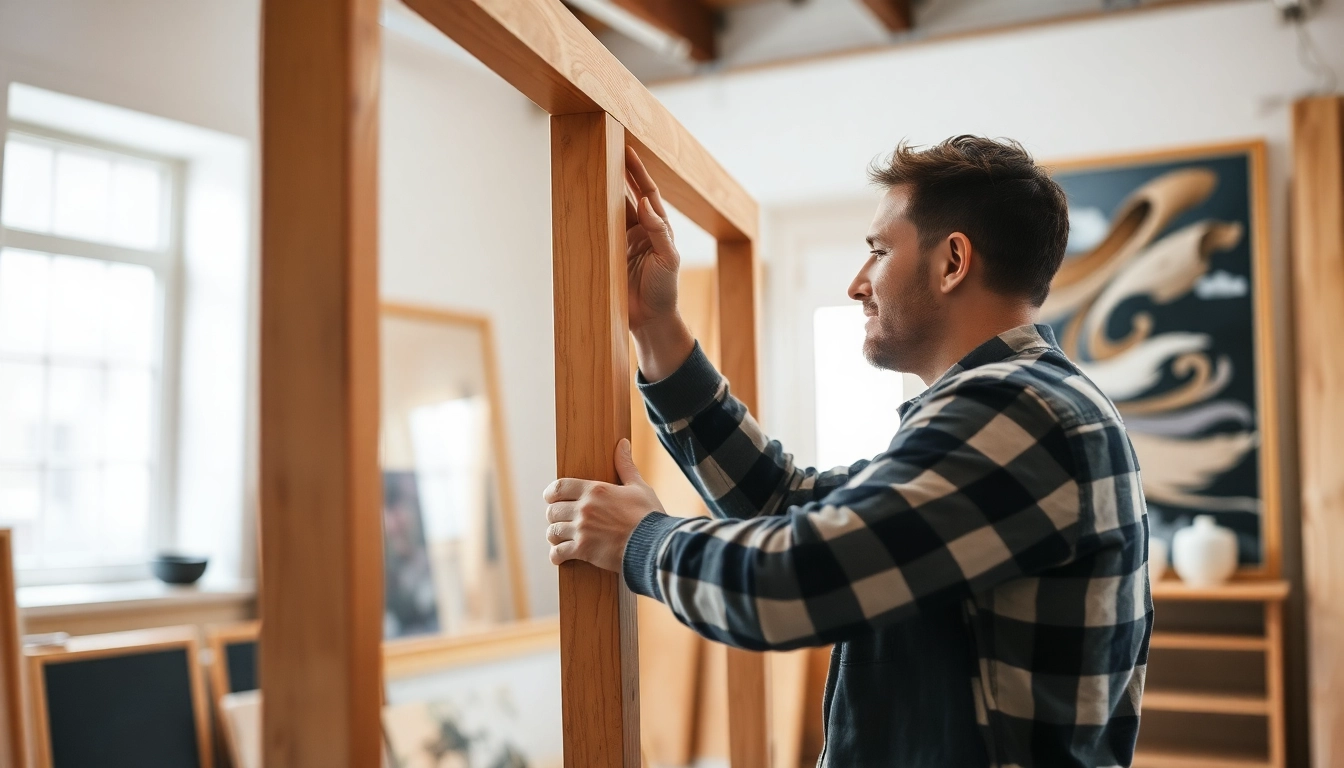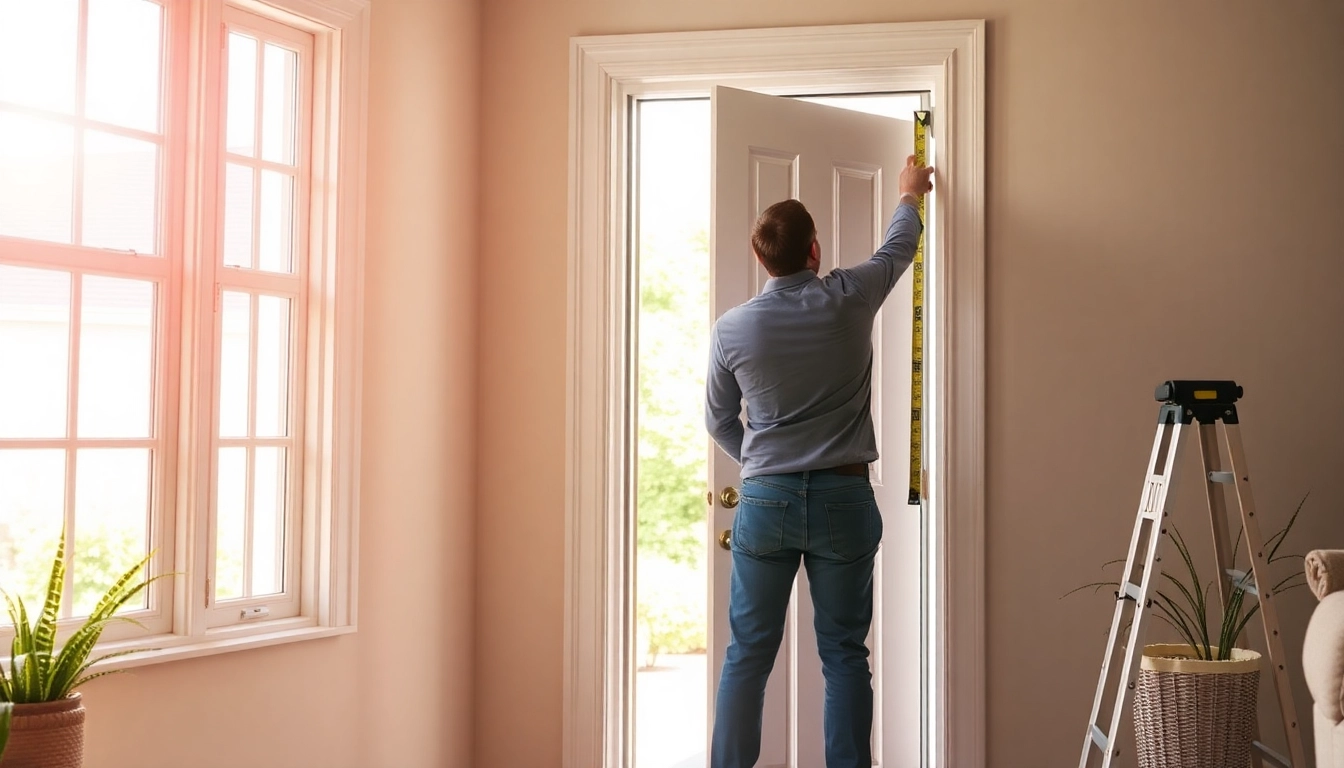Understanding the Fundamentals of Framing
Framing is a foundational concept that spans multiple disciplines, from construction and interior design to art and communication. At its core, framing involves the creation of a supportive or decorative boundary around an object, space, or idea. Whether constructing the skeletal structure of a building, selecting the perfect border for a cherished photograph, or shaping how an audience perceives a message, understanding the principles of framing is essential for achieving desired outcomes.
In construction, Framing refers to the process of assembling the structural framework that supports a building. In art and photography, framing pertains to the borders and edges used to enhance or focus attention on a subject. Recognizing these different applications underscores the versatility and importance of framing in both tangible and conceptual contexts.
What Is Framing in Construction and Art?
In construction, framing is the process of creating a support structure that forms the skeleton of a building. It involves fitting together various pieces of wood, steel, or other materials to outline the shape of walls, floors, ceilings, and roofs. Proper framing ensures structural integrity, safety, and longevity of the building. The framing stage is critical because it sets the stage for the subsequent installation of other components such as drywall, insulation, and exterior finishes.
Conversely, in the realm of art and photography, framing pertains to the physical or metaphorical borders that define a visual or conceptual space. A well-chosen frame emphasizes the focal point, controls the viewer’s perspective, and can enhance the overall aesthetic. Artistic framing also involves the selection of styles, colors, materials, and techniques that complement the subject, adding depth or mood to the piece.
Interestingly, the concept of framing extends into social sciences and communication, where it refers to the way information is presented to influence perception and interpretation. Every discipline utilizes the idea of framing to shape understanding—whether constructing physical structures or shaping narratives.
Key Materials Used in Framing Techniques
The materials utilized in framing depend largely on the specific application and desired outcomes. In construction, standard materials include dimensional lumber such as 2x4s, steel studs, engineered wood products, and concrete blocks. Each material brings unique properties like strength, flexibility, and durability, which influence the overall performance of the structure.
- Wood: The most common choice for residential framing because of its availability, ease of use, and cost-effectiveness. Types include pine, cedar, and fir.
- Steel: Offers superior strength and resistance to pests and environmental factors, making it suitable for commercial and industrial buildings.
- Engineered Wood: Includes options like plywood, OSB (oriented strand board), and laminated veneer lumber, providing stability and uniformity.
- Concrete Blocks: Used in foundation and load-bearing applications where robustness is critical.
In the context of framing artwork or photographs, materials include wood (e.g., hardwood, softwood, MDF), metal, plastic, and composite materials. These are crafted into specific styles such as moulding, shadow boxes, or minimalist designs, tailored to complement the artwork and environment.
Common Types of Frames and Their Applications
The types of frames vary significantly across different fields, each suited for specific functions:
Construction Frames
- Platform Frame: The most common residential framing method involving floor joists, wall studs, and roof trusses built on a single level.
- Balloon Frame: Features long studs extending from the foundation to the roof, typical in early 20th-century buildings.
- Bradford or Post-and-Beam: Uses large timber posts and beams, prevalent in traditional and historic structures.
Art and Photo Frames
- Standard Frame: Basic rectangular mouldings suitable for most artworks and photographs.
- Floating Frame: Creates the illusion that the artwork is floating within the frame, ideal for canvases.
- Gallery Frame: Wide, sleek profiles designed for contemporary art display.
- Shadow Box: Provides depth and space for three-dimensional objects or layered artworks.
Selecting the right type depends on functional needs, aesthetic preferences, and the environment where the frame will be used.
Choosing the Right Framing Style for Your Needs
Framing for Artwork vs. Structural Framing
One of the fundamental distinctions in framing is between structural framing and artwork framing. Structural framing focuses on creating a safe, stable support for buildings—prioritizing strength, integrity, and compliance with engineering standards. It involves considerations like load-bearing capacity, seismic resilience, and environmental resistance.
Artistic framing, on the other hand, emphasizes aesthetic appeal, context, and preservation of visual integrity. It aims to enhance the presentation, protect the artwork, and coordinate with interior design themes.
How to Select Materials Based on Purpose and Aesthetics
When choosing materials for framing, consider durability, maintenance, cost, and visual harmony. For construction, structural requirements often dictate material choice—such as steel for high-strength frameworks, or engineered wood for flexibility and ease of assembly.
For artistic frames, aesthetic factors dominate. For example, antique-style art often pairs well with ornate wood mouldings, while modern pieces may benefit from minimalist metal or sleek composite frames. Also, environmental factors like humidity and light exposure influence material selection to prevent deterioration.
Trends in Modern Framing Designs
Modern framing trends emphasize sustainability, minimalism, and customization. Use of eco-friendly materials like reclaimed wood and recycled metals is increasing. Additionally, sleek profiles and modular systems allow for flexible, easy-to-install frames that adapt to changing decor.
Innovations such as smart frames with integrated lighting or digital displays are also gaining popularity, merging traditional framing aesthetics with technological advancements.
Step-by-Step Guide to Framing Installation
Preparing Your Workspace and Materials
Successful framing begins with adequate preparation. Clear a clean, well-lit workspace that minimizes dust and clutter. Ensure you have all necessary tools—saws, levels, measuring tapes, clamps, brushes, and fasteners—and materials organized for easy access.
For art framing, also gather backing boards, glazing, and mounting adhesives. In construction, double-check your blueprints, permits, and safety equipment like helmets and gloves.
Measuring and Cutting with Precision
Accurate measurement is vital. Use a tape measure and a square to determine dimensions. Always measure twice before cutting to avoid costly errors. When cutting materials, use appropriate saws—such as a miter saw for angle cuts or a table saw for straight cuts—and ensure blades are sharp.
For complex projects, consider using jigs or templates to replicate precise angles and lengths consistently.
Securing and Finishing the Frame
When assembling, employ secure fasteners—nails, screws, or dowels—depending on the project. For structural framing, adherence to engineering codes and specifications is critical. Use levels and plumb lines to ensure everything aligns correctly.
Finishing touches include sanding rough edges, applying paint or stain, and sealing surfaces to improve longevity. For art frames, ensure glass or acrylic is clean and free of dust before sealing.
Maintaining and Preserving Framed Items
Cleaning Techniques for Different Frame Types
Proper maintenance extends the lifespan of framed items. Use soft cloths or brushes to gently remove dust from frames. For glass or acrylic surfaces, a mild glass cleaner applied with a lint-free cloth prevents streaks.
Wooden frames may require occasional polishing with appropriate wood conditioners or oils. Metal frames can be cleaned with a damp cloth and dried promptly to prevent corrosion.
Protective Measures Against Damage
To safeguard framed artworks or photographs, control environmental factors like humidity, light, and temperature. Use UV-protective glass and avoid placing items in direct sunlight or near heat sources. Mount frames securely to walls to prevent falls and damage.
When and How to Reframe or Update
Over time, frames and mounting materials can degrade. Signs such as discoloration, warping, or pest damage indicate the need for reframing. Updating frames also provides an opportunity to refresh the aesthetic or improve protection against environmental hazards.
Optimizing Framing for Home and Business Spaces
Creative Framing Ideas for Interior Decor
Innovative framing can transform interior spaces. Use large, statement frames for oversized artwork or create gallery walls with a mix of styles and sizes. Incorporate framing into shelving, mirrors, or wall panels for cohesive design themes. Artistic use of unconventional materials, like reclaimed wood or metal mesh, adds unique character.
Cost-Effective Framing Solutions
For budgets, consider DIY framing with pre-made mouldings, recycled materials, or repurposed objects. Local hardware stores or online suppliers often offer affordable options. Simple techniques, such as using backer boards with straightforward borders, can provide professional appearance without high costs.
Building Your Custom Framing Budget Plan
Assess your needs, scope, and aesthetic preferences to develop a realistic budget. Factor in materials, tools, labor (if hiring professionals), and ongoing maintenance. Planning ahead enables efficient resource allocation and reduces unexpected expenses.
Whether framing valuable art or building a structural framework, investing in quality and expertise ensures durability and aesthetic appeal that stands the test of time.


